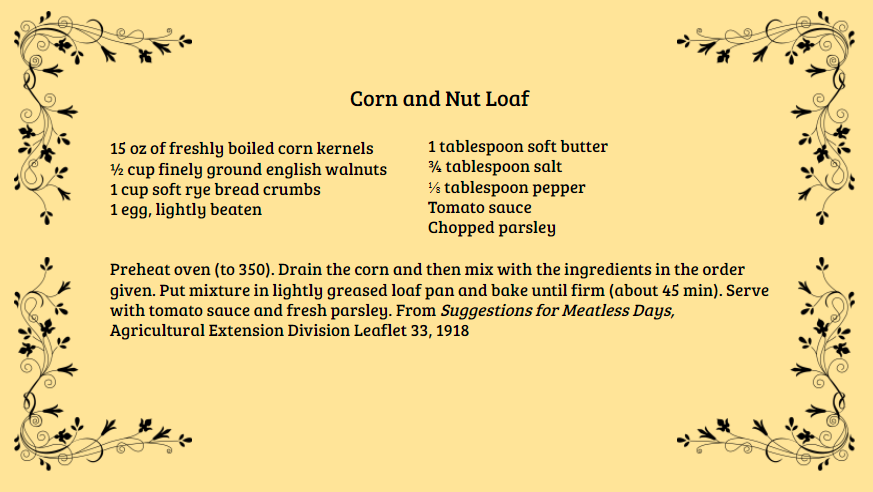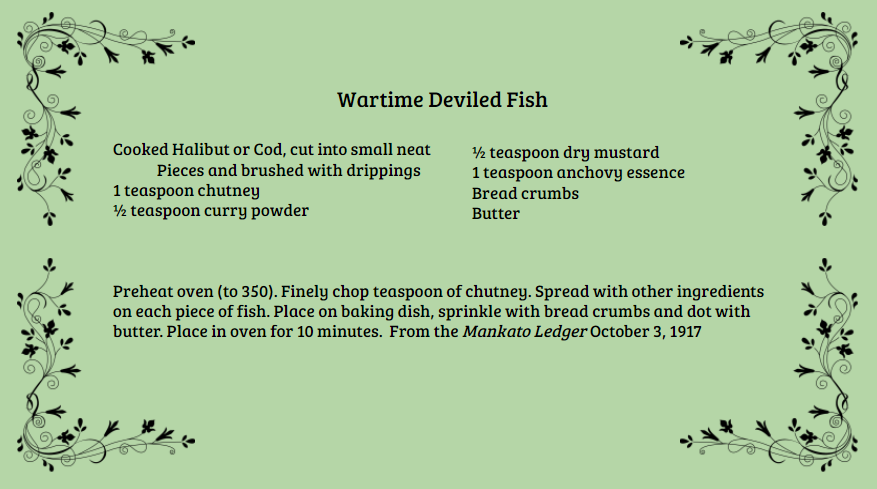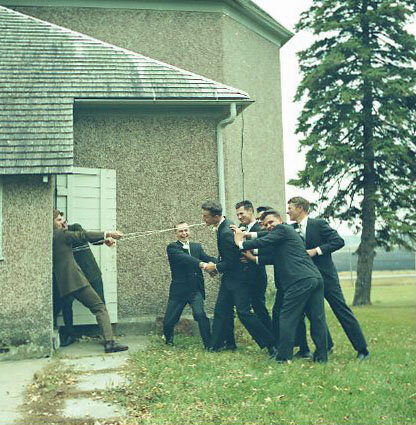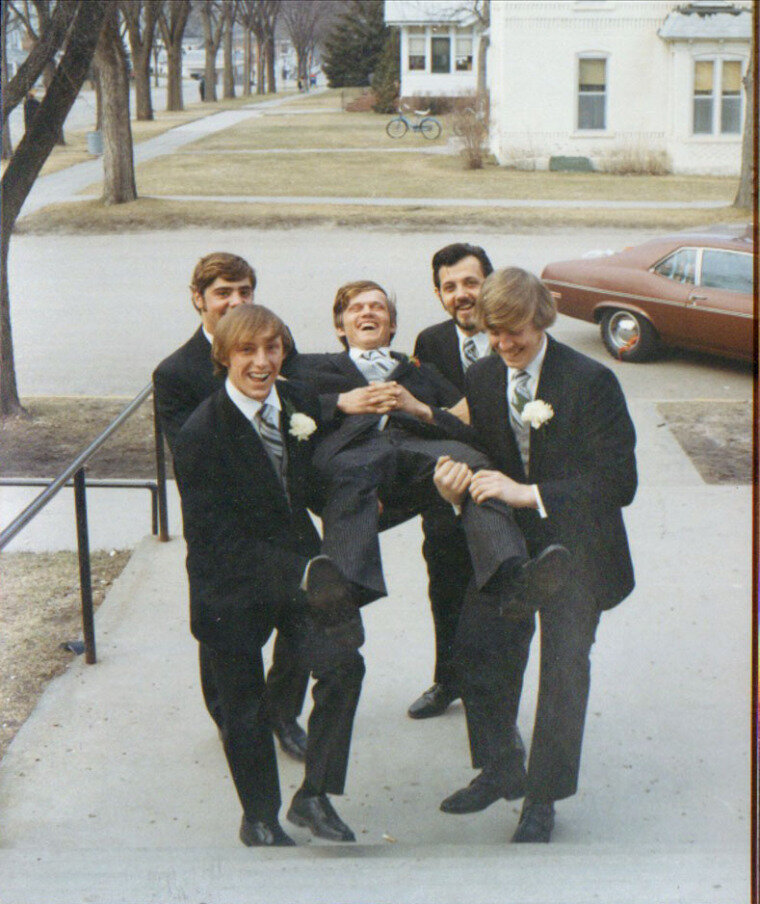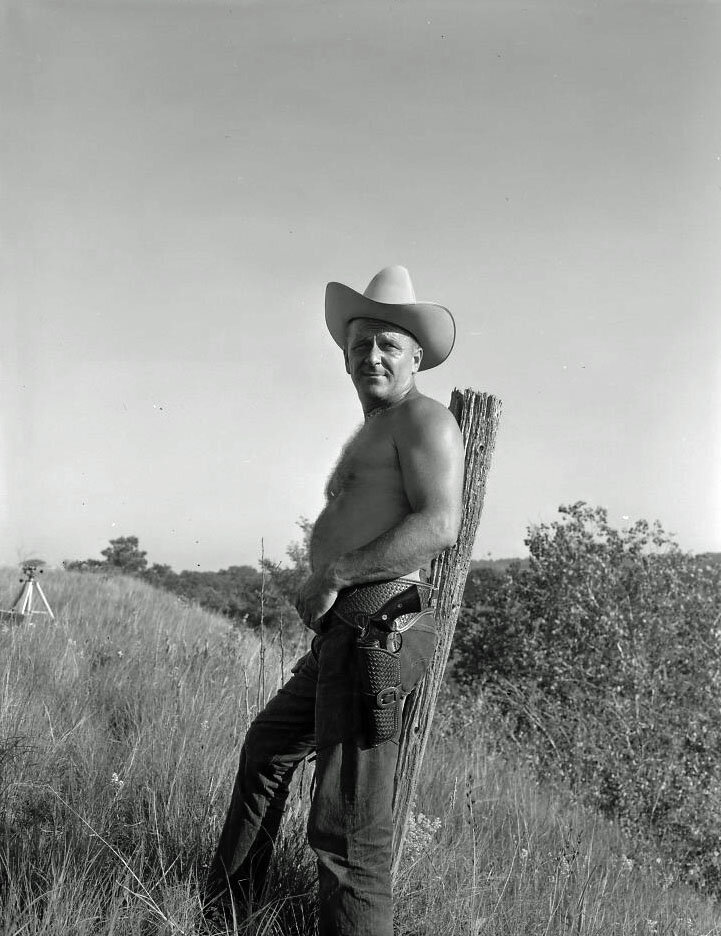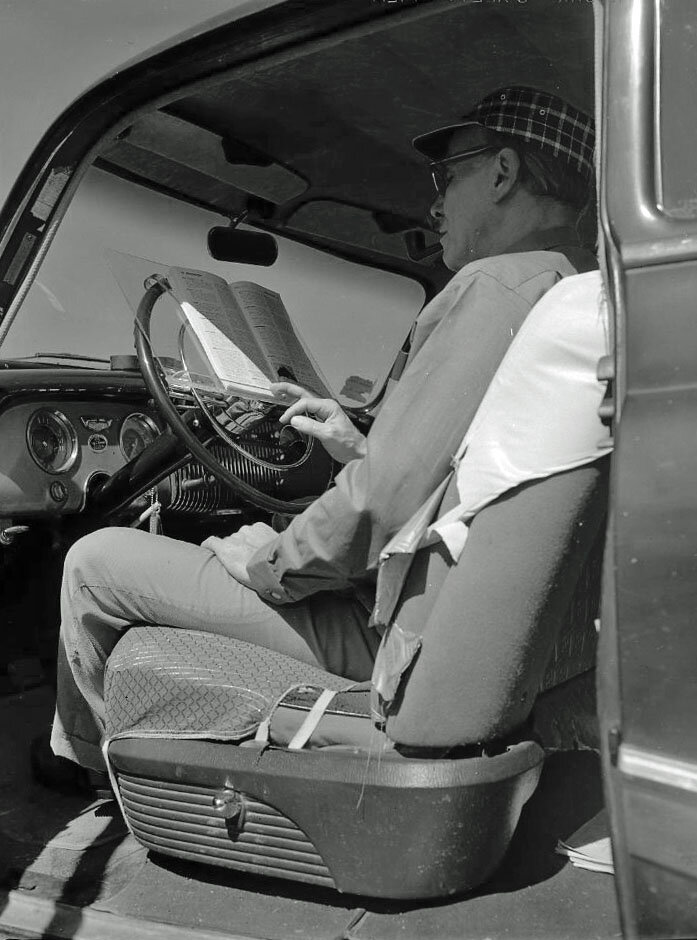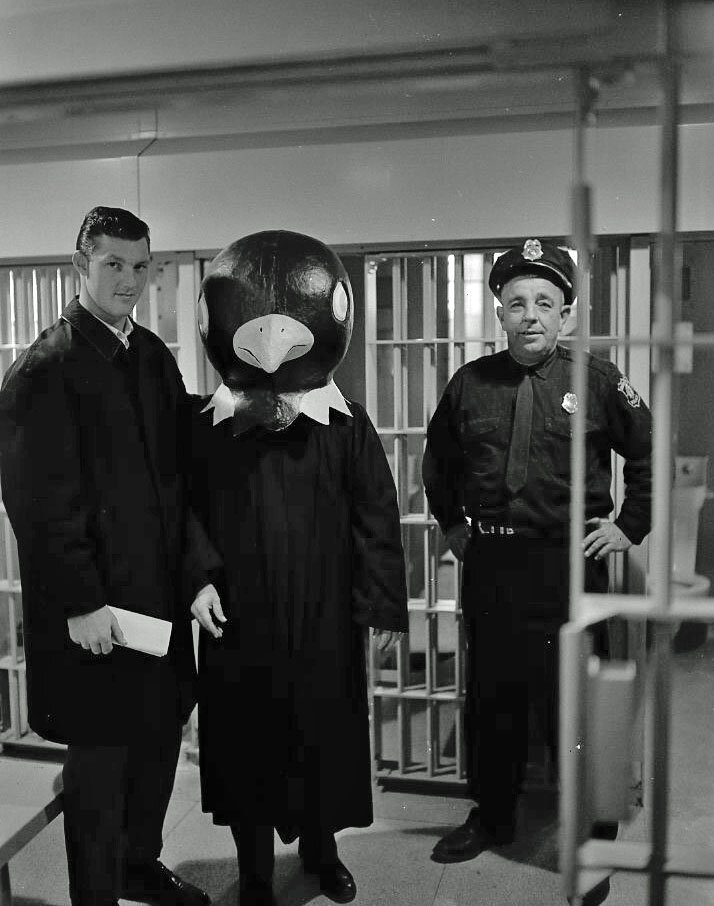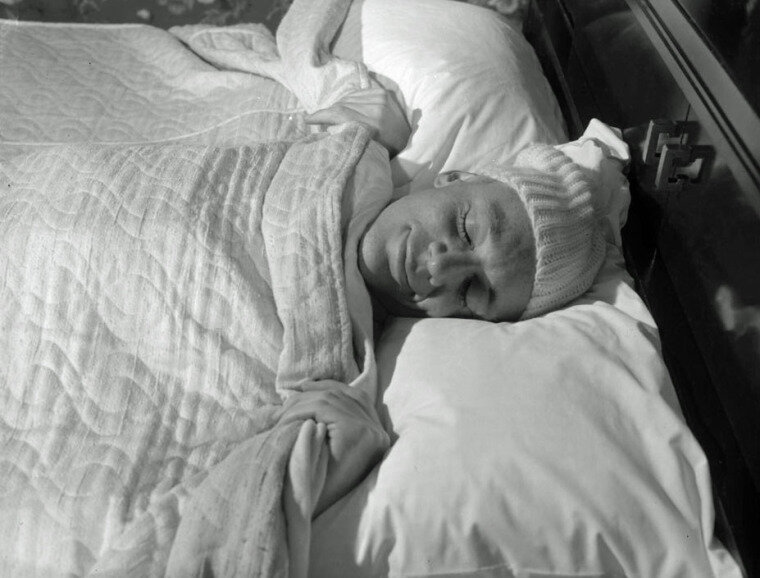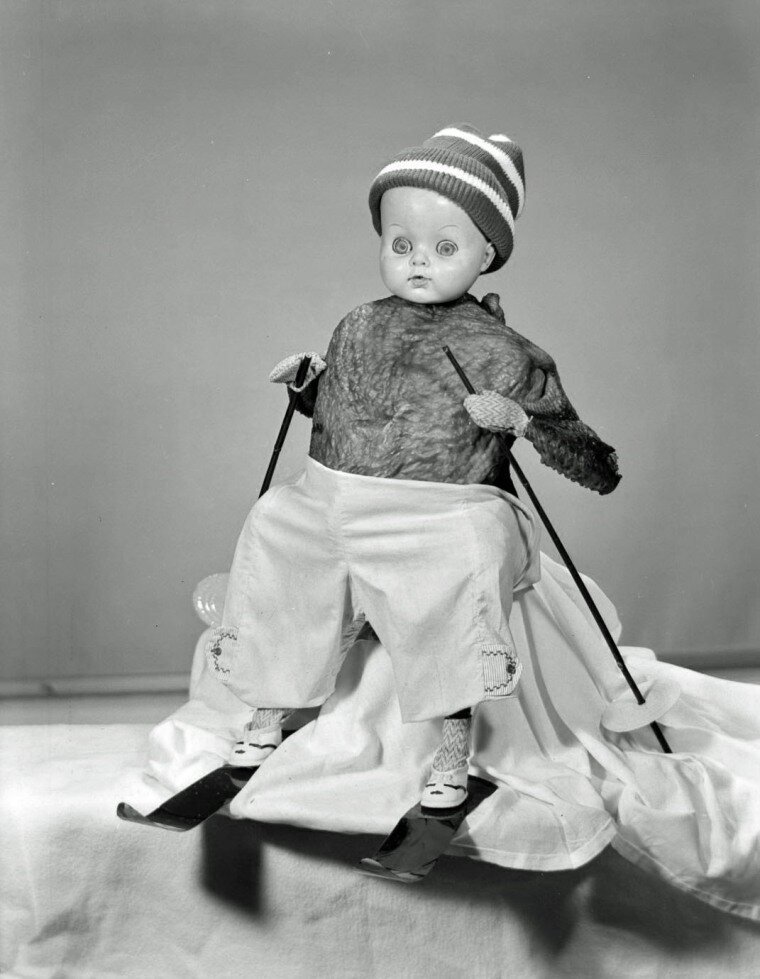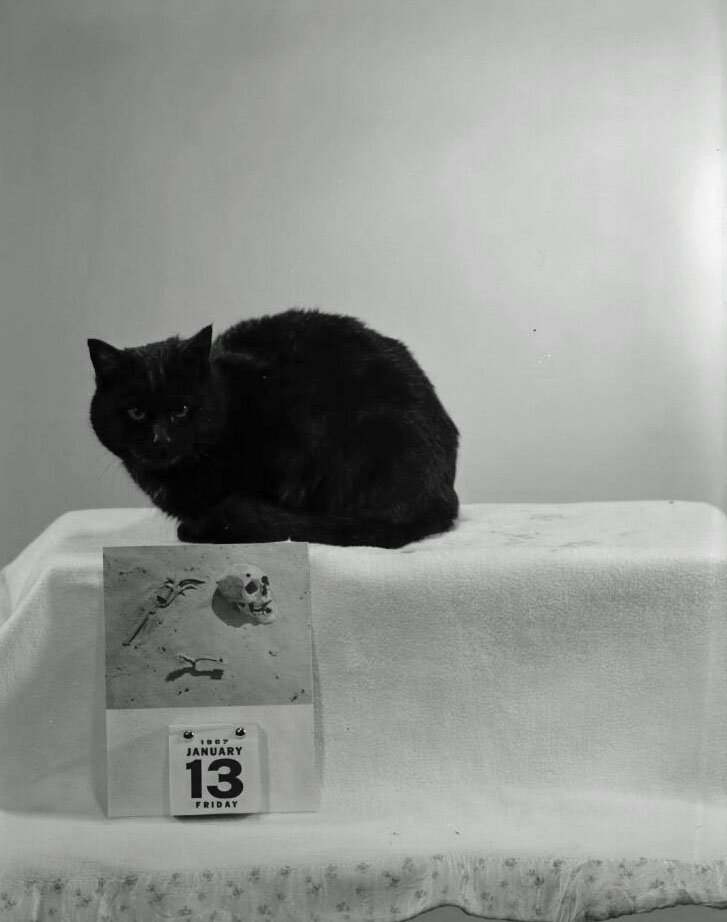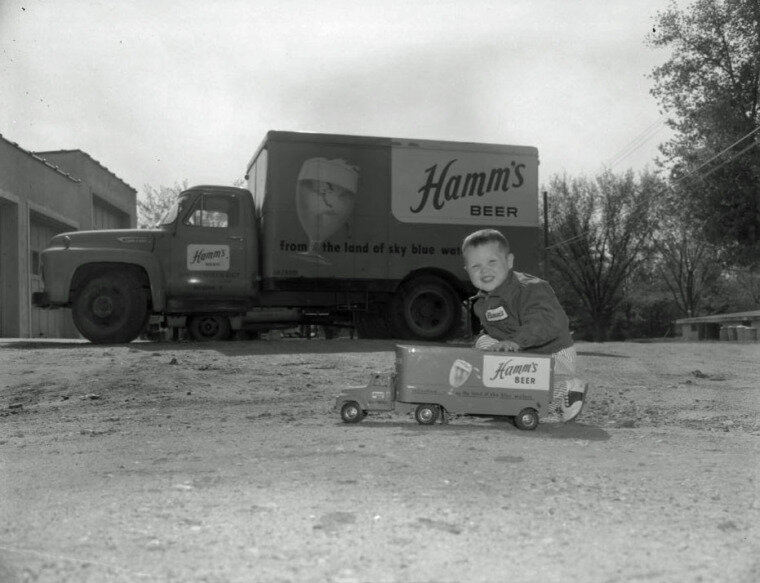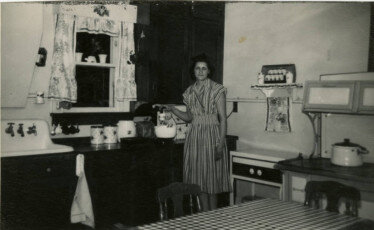As the new Curator of Collections for the Scott County Historical Society, I wanted my first blog to be something of an introduction. I was going to tell you a story of who I am and about my background in history. However, I was given the idea to instead talk about what it is like to be the new guy. What is it like to start at a new place, with new people, and new ways of doing things? How do you start? What do you do? How do you feel? I thought about this and realized that this is a good opportunity to tell you about myself in a different way. On that note, I would start by saying that my first few days could be summed up in two words, “I’m lost!”
It has been my experience that starting a new position can be one of the most exciting and confusing times in someone’s career. I’m still not entirely sure how I got here, I remember asking for a job and suddenly having one. Since I started with SCHS I have had to learn whole new ways of doing things, while at the same time knowing exactly what I am doing. The history field is strange in that way, everyone does things differently but we all end at the same thing. You save the same types of history and information no matter where you go. I only wish best practices told me how to manage my office.
As you can see, my office is full of all kinds of things, each one with a story, and each one a total mystery to me. For example, I found a box on a shelf full of pictures. I looked and looked and couldn’t find a thing on them. A box of 300 some pictures and I had no clue what to do with them or even what they were. Here begins the lesson of a new job, ask questions, every question. After some digging, and reaching out to me predecessors, we found out that all of those photos are copies. Here at SCHS we don’t accept copies of things into our collection, we want the genuine article. Still, the photos have a ton of history locked up in them. Those photos have been meaning to go in our library for years, I just happen to be the one doing it.
I admit I was lost when I started here, I didn’t know where to start or what to do. I look at that mess of an office and froze. It didn’t take long though for me to prioritize and begin tackling all of the projects and loose ends that needed tying up. I hope this quick blog gives you a sense of who I am, and if not feel free to stop in and meet me. I am always happy to talk with people and get to better know my community.
By Dave Nichols, SCHS Curator






